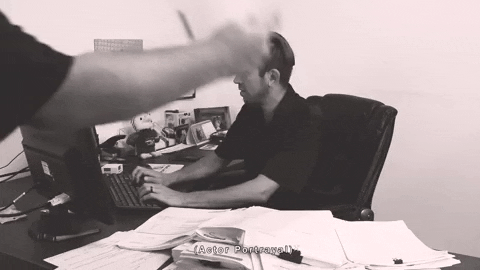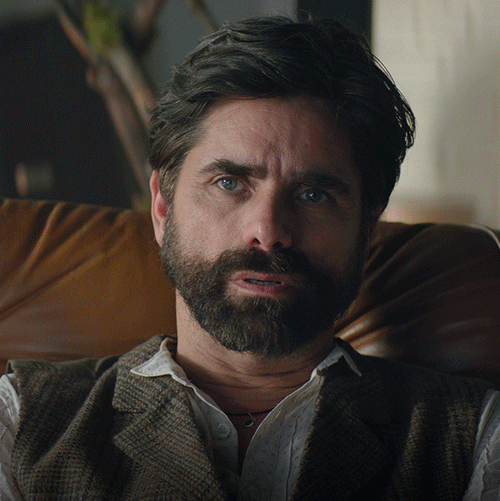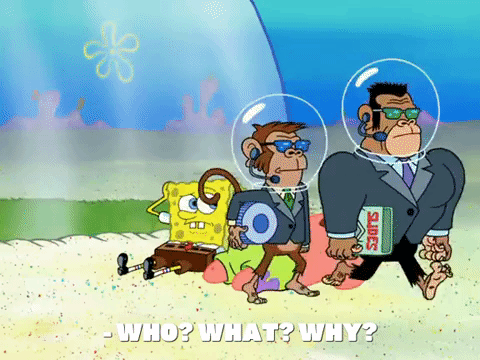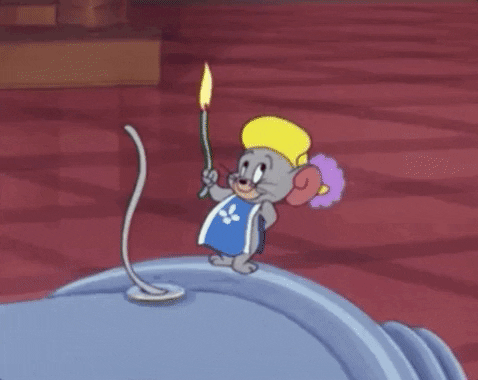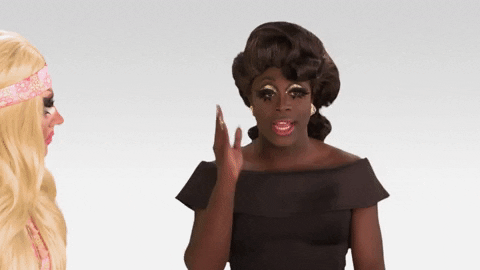If you’re applying for creative jobs at the moment, especially at a junior level, you’re probably going to be up against a lot of other people. We found this when we recently posted a hire for a Junior Graphic Designer - we had about 350 applications, at a standard that was on average much higher than we expected.
While this is great for us, it’s a challenge for applicants to stand out. It took us several weeks to work through all the applications and, due to the volume, it’s not possible to feed back individually to everyone. So we wanted to share some general thoughts, and let you know what was going through our heads as we reviewed all the portfolios, CVs and covering letters.
Big caveat: this is our own experience; other agencies and studios might be doing things differently. Our process was that one person reviewed every application and rated them, and then two more people took a look through the best-rated ~100 to select interview candidates. Other places will work differently!
Portfolios:
- Tell a story. This is a communications role at the end of the day - so, communicate. Use your work to tell us who you are and what you’re capable of. Mix up what you put in it - commercial work, degree show work, side hustles.
- Think about format: We found that slide portfolios were generally easier to navigate through and tell stories with than online portfolios, unless your website is really well put together (some were, some weren’t). A big list of pictures on Behance is difficult to work through and get a sense of someone from. If you’re sending video, put it unlisted on YouTube or password-protected on Vimeo, rather than huge downloads from Dropbox or as a massive file in your portfolio.
- Explain why, don’t just show what: Is the work a response to a brief - even if you set it yourself? What are you trying to do with it? How did you get there? All this is great context.
- Explain your role: Was this a solo job or part of a team? What was your role on that team? What parts did you do? All kinds of work are interesting to potential hirers, but they’d appreciate knowing what, exactly, you did.
- Longer is better than short: Ultimately you don’t know what the reviewer is looking for (they might not be 100% sure, either). Don’t send War and Peace, but including more work gives you more chances to pique their interest.
- Don’t bury it or make it self-destruct: If the job ad asks for a portfolio, send one. Don’t make it a hard-to-find link on page 2 of a PDF CV. And please don’t use WeTransfer - the links stop working after a couple of weeks.
Applications in general:
- Read the instructions: We asked for portfolios and for applicants to do a quick task, picking some advertising work and online content they liked. A lot of people didn’t do this task, and as a result, didn’t look particularly engaged in the process.
- First impressions count. We didn’t down-mark anyone using “To whom it may concern”, but by looking at our website, and noticing there’s a name (mine) to address queries to in the job description, should lead you to think that a “Hey Tom” or similar might be more on-brand for us. Oh, and - check spelling, and make sure that if you address an agency in your cover letter, it’s the one that you’re applying to now, not one copied from another application.
- Get to the point: When it comes to cover letters, more isn’t better. Think of the old saying: “if I had more time, I would have written a shorter letter”. What points are you trying to get across? Focus on those.
- What’s interesting in a CV? Your interests (old fashioned, perhaps, but we’re not all business, all the time); software skills, but be honest about level, this is something that can be developed. Less interesting: your GCSEs. Try to get your core CV on one side of A4.
- Don’t overthink this: At the end of the day, employers want to see your work, your previous experience, and get a sense of who you are. I’m sure there’s loads of blogs explaining how to stand out by using tricks, but if they don’t help you do those three things well, ignore them. You do you.

